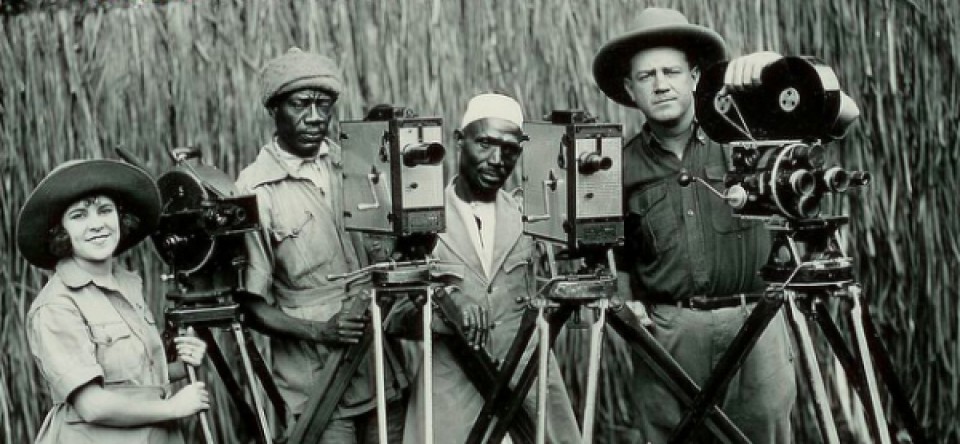On the 14th, I woke up to find out that something bad had happened in Paris. I wasn’t sure what it was exactly, but I knew that people had died. Sensational headlines: I remember getting my preliminary dose of information from an article called “Multiple deadly attacks on night of terror.” With mixed feelings I proceeded to message a few of my friends living in the capital city wondering how they were doing. One response stood out of me, the reason I thought that the attacks in Paris really put “Imperialism” in perspective for me. he said “It’s ISIS, we’re used to it. Everyone is used to it.”
Apparently their reason was that France is the “capital of prostitution and obscenity,” but ISIS really didn’t need a reason, did they. For a long time, no one knew whether their near and dear ones were alive or dead.
Then the media began to cover the event. Cities coloured their most famous monuments with the colours of the French flag and everyone changed their display pictures on facebook. The 12th will go down in the annals of history the largest atrocity that has been committed on French soil.
Then people began to question why there wasn’t anyone #prayingforBeirut which had been attacked the day before. Questions were raised as to whether the lives of individuals with a lighter skin colour were more valuable than those who weren’t as fair. It then became evident that the media had indeed covered the event, but the people and their government, possibly desensitised to the atrocities in Beirut were actually not taking notice.
In journalism, we learn about a concept called framing. This means that a media piece does not only determine what a person will think about an event, but exactly how they will think about it. It is like inception, so so powerful – and I imagine film is the same. It is not just the matter that has been presented to you, it is the nuances and context, the filmmaker and the subject. It is about their relationship. We just have to choose to see.
